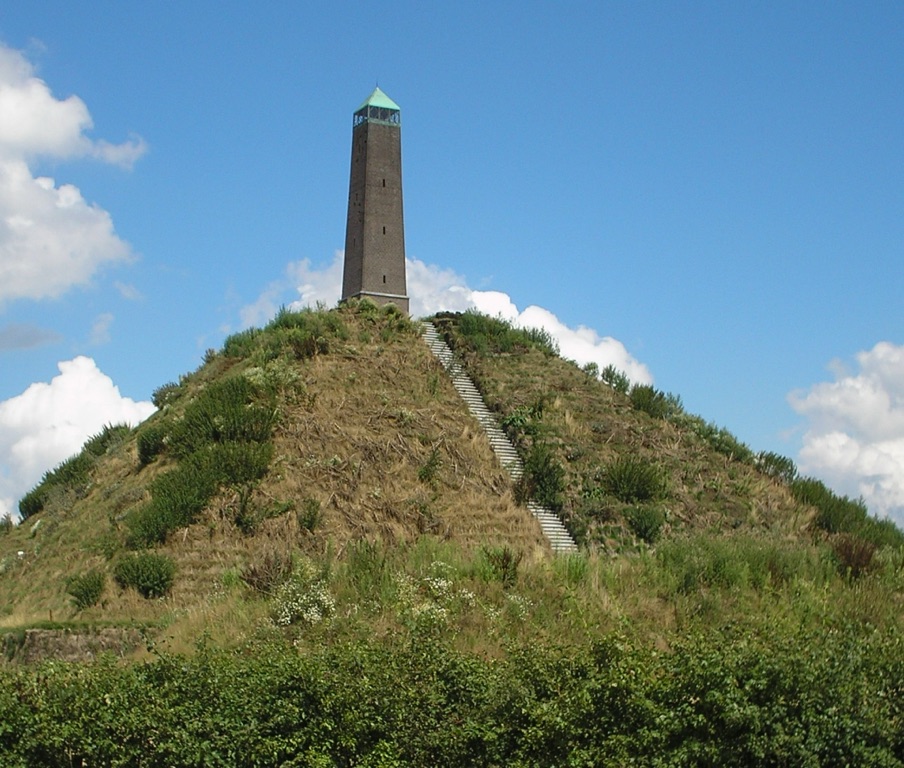Located in the heart of the Netherlands, the Pyramid of Austerlitz is a historical marvel steeped in European history. Built by the soldiers of Napoleon’s Grande Armée, this unique pyramid stands as a monument to their time in the region. Surrounded by lush forest, the structure offers visitors a glimpse into the Napoleonic era, commemorating the military achievements of the time. Its earthen form, topped with a stone obelisk, provides a distinctive silhouette against the natural landscape, attracting history enthusiasts and tourists alike.
Pyramids
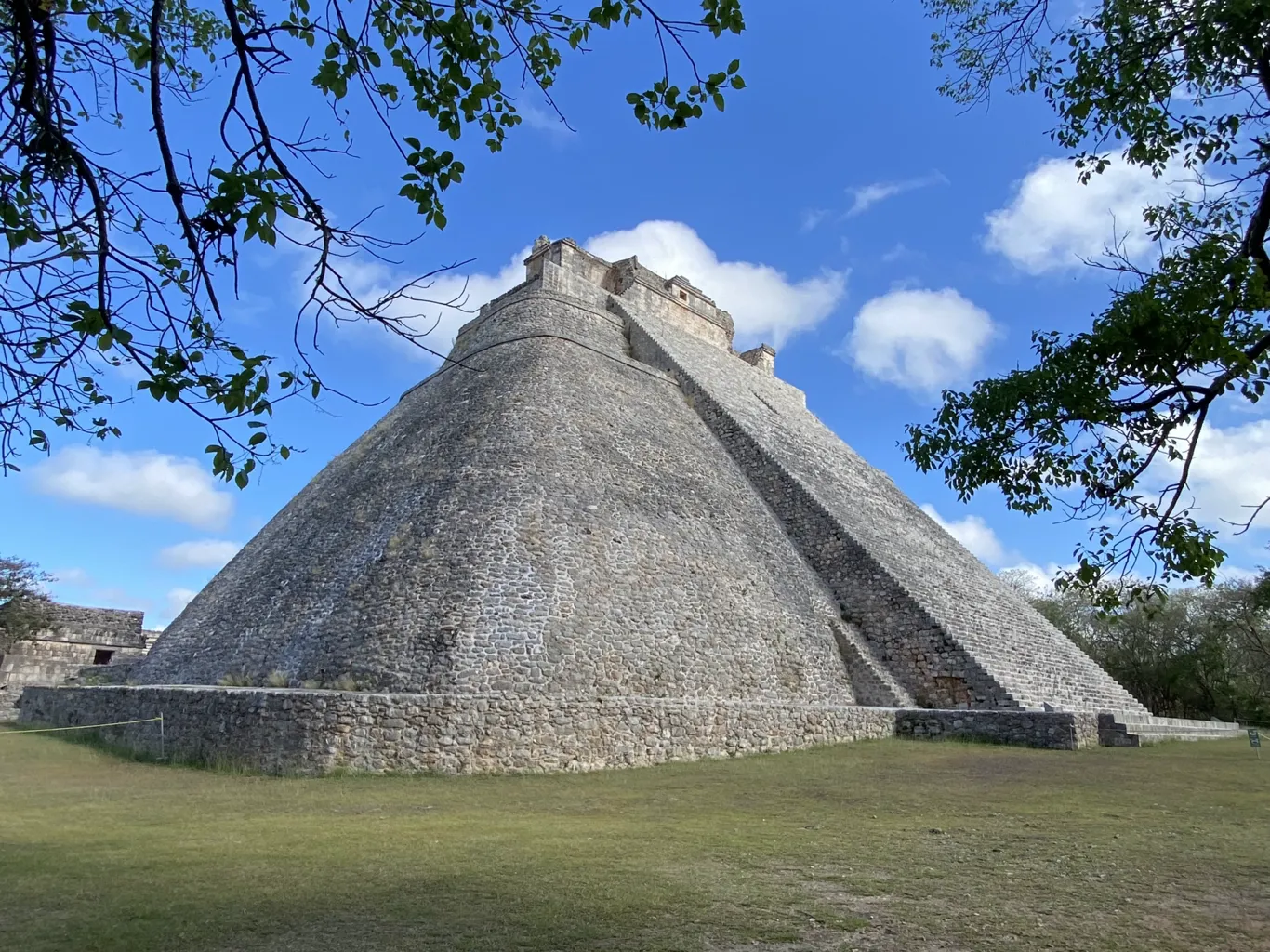
Pyramids are massive, triangular structures that were often used as tombs for rulers. The most famous pyramids are in Egypt, but they were also built in places like Central America. These monumental buildings demonstrate the engineering skills of ancient civilizations.
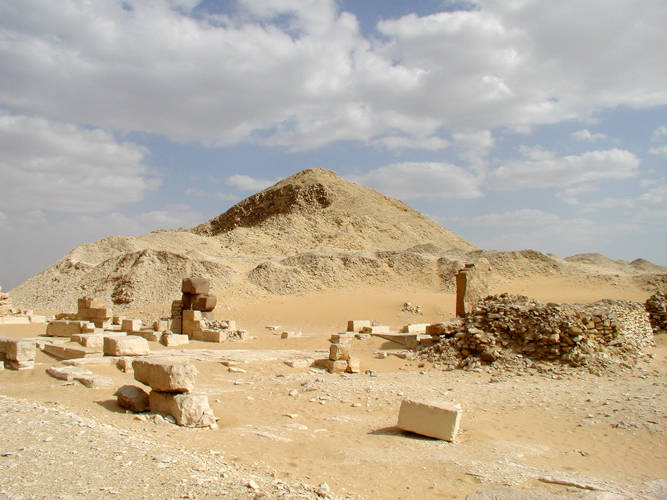
Pyramid of Pepi II
The Pepi II Pyramid, part of the remarkable pyramids at Saqqara in Egypt, stands testament to the architectural prowess of the Ancient Egyptians. As the final resting place of Pharaoh Pepi II, this pyramid marks the decline of the Old Kingdom. The complex’s unique features, including three subsidiary pyramids, reflect the grandeur of the times. Archaeologists and historians value the site for its detailed carvings, which shed light on the era’s traditions and rituals. Despite the pyramid’s deteriorated state, it provides invaluable insights into Pharaonic civilization and its enduring legacy.
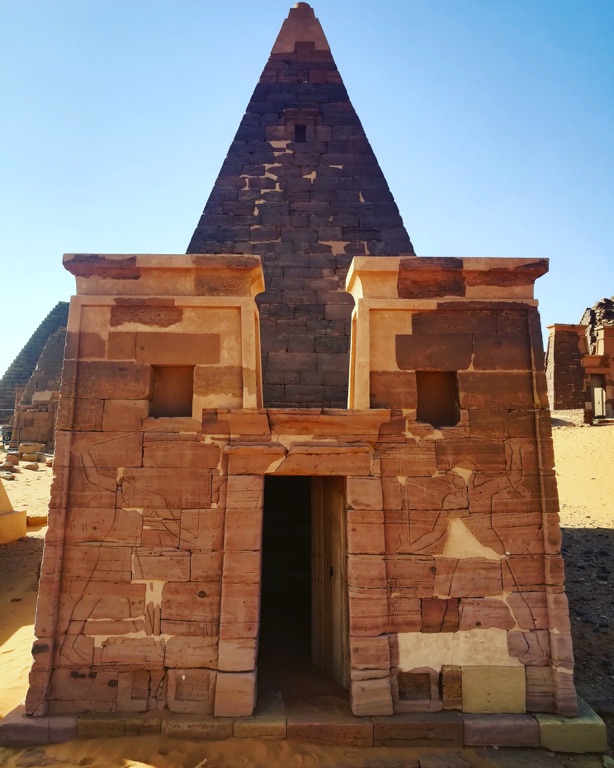
Pyramids of Meroë Sudan
The Pyramids of Meroë are a testament to a once-flourishing Nubian civilization in Sudan. Skilled Nubian artisans built these monumental tombs around 2,500 years ago. They mark the resting places of the kings and queens of the Kushite Kingdom. Unlike their Egyptian counterparts, the pyramids at Meroë boast steep slopes and smaller bases. Today, these remarkable structures invite intrigue and admiration. They remind us of a matriarchal society where queens reigned supreme. Nestled between the Nile and Atbara rivers, the site remains an archaeological gem. It captures the imagination of historians and travelers alike.
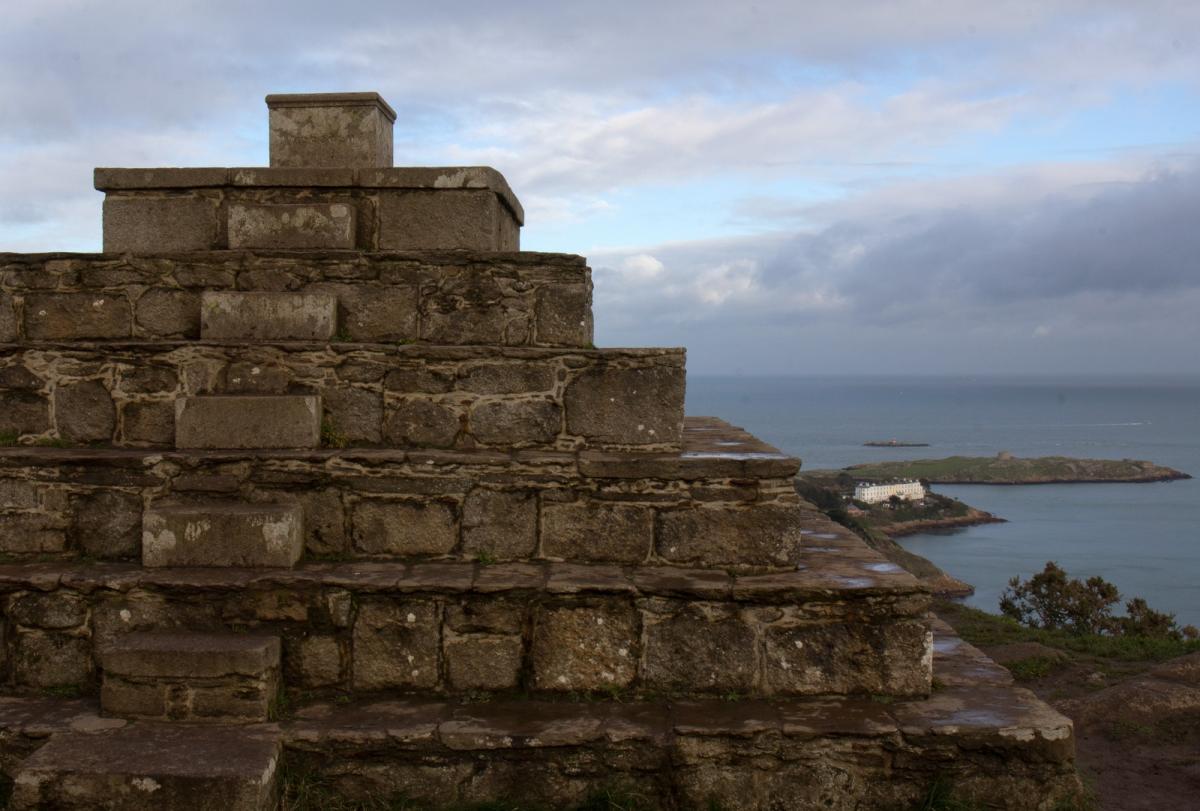
The Pyramid of Dublin
Located in the vibrant city of Dublin, the historical site known as the Pyramid of Dublin stands as a testament to Ireland’s multifaceted history. Though not as ancient as the pyramids of Egypt, this lesser-known edifice harbors a rich past tied to Dublin’s development. Visitors and locals alike marvel at its unique architecture, which blends traditional Irish elements with the mystique of a pyramid shape. The structure’s purpose and origins remain a topic of intrigue and speculation, inviting explorers to delve into its mysterious legacy.
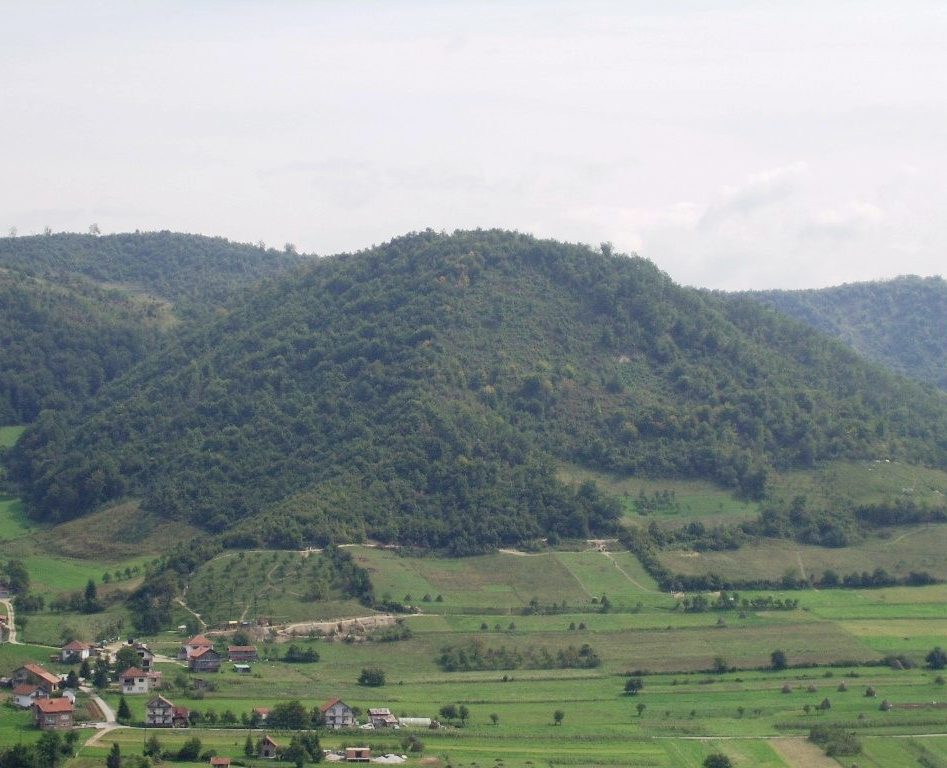
Bosnian Pyramids
Nestled in the heart of Bosnia and Herzegovina lies a mysterious complex known as the Bosnian Pyramids. These structures captivate scholars and tourists alike with their massive size and enigmatic origins. The most prominent, the Pyramid of the Sun, towers impressively and hints at a past civilization’s engineering prowess. This complex has sparked debate over traditional archaeological understanding, with various theories about their purpose and creation. Whether they are natural formations or man-made wonders, they have a unique place in Bosnia’s cultural heritage.

Faroe Island Pyramids
The Faroe Island Pyramids, often shrouded in mystery, represent a stunning aspect of the Faroe Islands’ landscape. Steeped in natural beauty, these pyramidal mountain peaks are not man-made structures but are rather formed through the islands’ unique geological processes. Visitors are captivated by their symmetrical shapes, which tower over the green hills and rugged coastlines. The allure of these natural formations lies not only in their visual splendor but also in the enchanting tales and legends that surround them. Trekking towards these pyramids is a favored activity among adventurers looking to immerse themselves in the islands’ serene environment and discover the untouched splendor of the North Atlantic.

